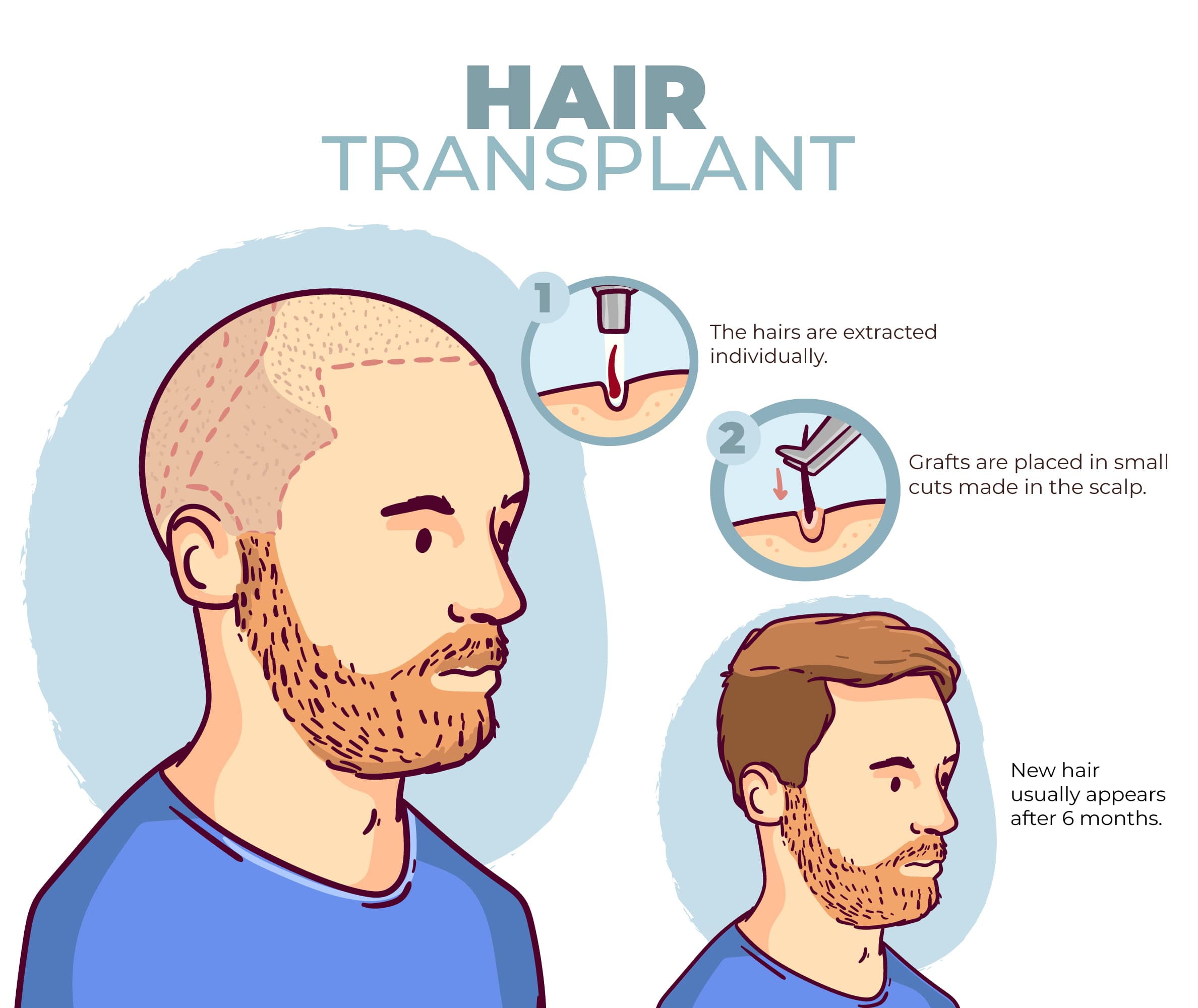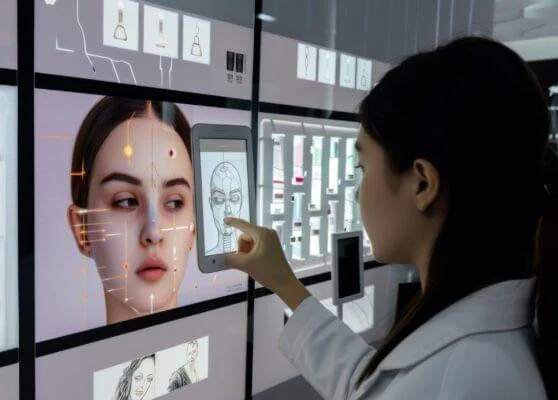At Esmee Clinic in Mumbai, we’re often asked about the latest buzz in hair restoration—and one question keeps coming up:
“Are robotic hair transplants better than traditional methods?”
It’s a fair question. After all, technology is advancing fast, and it’s easy to assume that “robotic” equals “better.” But let’s break it down: What exactly is a robotic hair transplant? How does it stack up against manual techniques like FUE (Follicular Unit Extraction)? And most importantly—what’s the right choice for you?
What Is a Robotic Hair Transplant?
 A robotic hair transplant is essentially an automated version of the FUE procedure. It uses advanced imaging, AI, and robotic arms to extract hair follicles from the donor area (usually the back of your scalp). Some systems, like the popular ARTAS® robotic system, even assist with graft placement.
A robotic hair transplant is essentially an automated version of the FUE procedure. It uses advanced imaging, AI, and robotic arms to extract hair follicles from the donor area (usually the back of your scalp). Some systems, like the popular ARTAS® robotic system, even assist with graft placement.
Here’s how it works: The robot uses real-time 3D imaging to identify the best follicles for extraction, then precisely removes them—all under the watchful eye of a human surgeon.
Sounds impressive, right? It is. But before you jump on the robotic bandwagon, there are some important things to consider.
Benefits of Robotic Hair Transplants
High Precision in Graft Harvesting:
Robots can extract follicles with incredible consistency, reducing the risk of human error during this repetitive process.
Speed:
Larger areas can be treated faster compared to purely manual FUE.
Reduced Surgeon Fatigue:
Since extracting follicles is tedious work, robots help surgeons stay sharp and consistent during long procedures.
But Here’s the Catch…
Technology is a tool—it’s not magic. While robots bring speed and precision to the table, they lack something crucial: artistic judgment.
Limitations of Robotic Transplants:
Pre-set Limitations: Robotic systems follow pre-defined patterns. They don’t adapt to subtle aesthetic nuances needed for natural-looking hairlines or facial framing.
Hair Type Challenges: Curly, coarse, or light-colored hair can confuse robotic sensors, making extraction inconsistent or even damaging follicles.
Implantation Still Requires Human Expertise: Even with robotic assistance, placing the grafts is usually done manually. This step is where natural results are either made or broken—and it takes a skilled surgeon to get it right.
What We Believe at Esmee Clinic, Mumbai
Dr. Parag Mahadik believes in blending the best of both worlds: technology and human artistry. Whether you’re opting for FUE or PRP, your treatment is always tailored to you. Here’s how:
Detailed Facial Assessment: Every face is unique, and so is every hairline. Dr. Mahadik starts by understanding your features and goals.
Artistic Hairline Design: A natural hairline isn’t just about density—it’s about flow, angles, and symmetry. This requires a trained eye, not a pre-set algorithm.
Careful Planning of Follicle Density and Direction: Follicles need to grow in the right direction and at the right density to look natural. This level of detail comes from experience, not automation.
Combining Technology with Surgeon Expertise: We embrace advancements—but only when they enhance, not replace, the surgeon’s skill.
So, Is Robotic Hair Transplant Right for You?
It depends.
If you’re looking for large-volume grafts, have straight, dark hair, and are comfortable with a more mechanical approach—then robotic FUE might be worth exploring (under expert supervision).
But if you value natural-looking results, tailored design, and proven technique, then manual FUE performed by a skilled cosmetic surgeon like Dr. Mahadik often delivers superior outcomes.
Robots offer speed. Surgeons offer vision. You need both—but never one without the other.
Considering a Hair Restoration Journey in Mumbai?
At Esmee Clinic, we don’t believe in a one-size-fits-all solution. During your consultation, we’ll take the time to understand your unique hair pattern, goals, and lifestyle—and recommend the method that’s truly right for you.
Ready to explore your options? Book a confidential consultation with Dr. Mahadik today. Your journey to thicker, healthier hair starts here.













